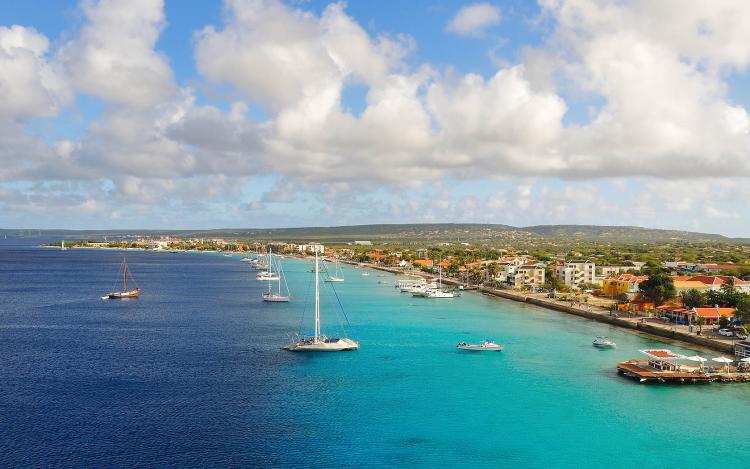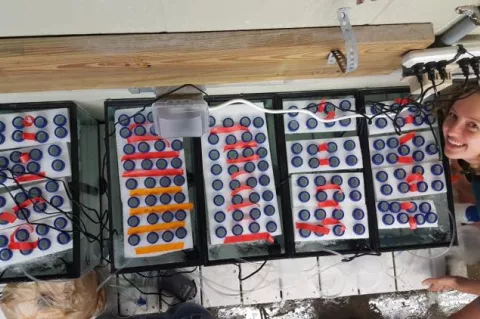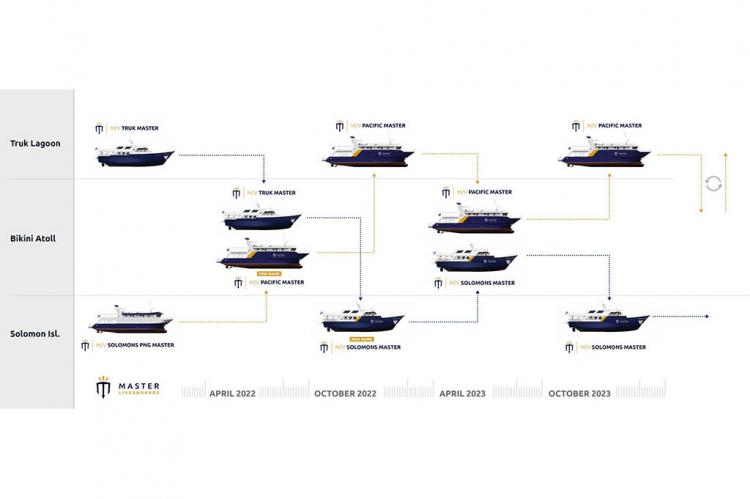Dray Van Beeck Portfolio
In this issue, we celebrate Dutch digital artist and dive professional Dray van Beeck, who passed away suddenly on 19 April 2021. Together with his wife, Karin, he managed the Bali Diving Academy Pemuteran in Indonesia. A fine artist, avid diver and underwater photographer, Dray created surreal and fantastical scenes in digital artworks composed using his own underwater images.
















